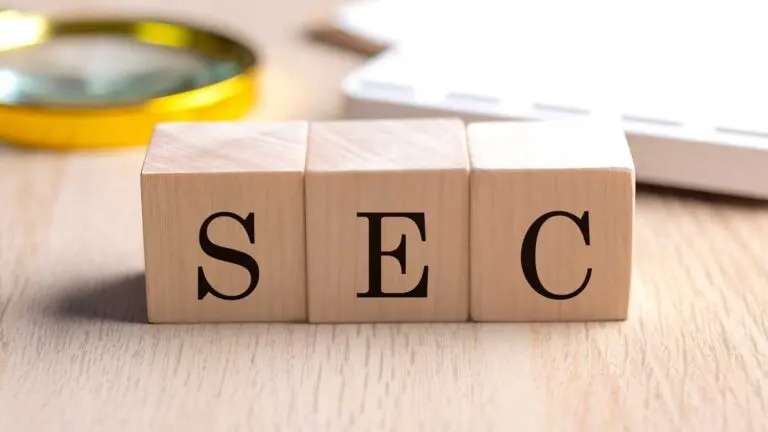How to Build Effective Consulting Relationships

I’ve spent the last 30 years of my career in the consulting business; 20 of those at KPMG and the last 10 at a smaller consultancy, Bridgepoint Consulting. I felt this was the perfect time to shed some light around some of the lessons I’ve learned around effective client-consultant relationships. My hope is that this information will provide guidance to other business leaders so they avoid common mistakes, build strong relationships with their consultants and improve their overall business execution.
As I reflect on my consulting career, these five key attributes stand out in my mind as paramount to building effective client-consultant relationships:
- Trust
- Relationship management
- Clear communication
- Culture fit
- Good consultants
Trust is paramount
First and foremost, all good relationships are based on trust. I cannot emphasize this enough. Without trust we cannot even start the relationship.
However, your relationship with a consulting partner is a substantially different type of relationship than, say, purchasing a car or buying a can of Pennzoil. In many cases, consultants are involved in the most intimate parts of the business. If clients don’t trust us fundamentally to do the right thing for their organization, we cannot have a long-term relationship that’s built on trust and ultimately leads to success.
Client-consultant relationships are also based on transformation. When you’re in an environment where you’re having substantial change in the organization, there will be natural conflict. There will be times when the consultant does not perform, and times when the organization also fails to meet expectations. Some of the most difficult conversations that I’ve had with clients have been based on the lack of performance of their team. You cannot have those kinds of conversations and honest dialogue until both parties trust each other.
Mutual trust allows both parties to bring their most effective selves in a range of situations—good or bad. Trust also helps you to navigate through any clashes in approach or philosophy, to ensure continued success.
Managing the relationship is a long-term commitment
Once you’ve established that strong foundation of trust with the consultant, both parties need to manage the relationship, and continue to evolve the relationship as needs change.
Being a great consultant is all about helping clients achieve their business objectives. If a consultant only calls you when they are seeking additional business, or a business leader only calls the consultant when they have a new project, neither one is building a foundation for a good, strong long-term relationship.
At the end of the day, a strong client-consultant relationship is when you as a business leader, feel comfortable calling the consultant when you are faced with an issue that may not be related to a current project or experience – simply because you trust their insight and value them as a partner.
Clear communication leads to mutual success
Many of Bridgepoint’s clients live in a world that’s 24/7 and run global operations. In order to be a trusted advisor and an effective consultant, there needs to be some synergy in the client-consultant relationship. If we have different business operation modes, or different objectives and don’t know how to communicate those effectively, it may not foster an optimum relationship. Engaging in upfront and honest dialogues with your consultant will help you get these answers more quickly.
Another strength of an effective client-consultant relationship is the ability to deliver bad news. As a business leader, it’s important to engage with your consultant consistently. Keeping these lines of communication open will help them gain a better understanding of your business, dig deeper into the underlying issues your organization is facing and develop a greater understanding of your business strategy.
As an independent advisor, we often see situations that may not be evident to someone in our clients’ company. For instance, we may see cases where staff are underperforming, or where a business strategy won’t achieve its goals. We cannot deliver that news effectively unless we already have a solid relationship with our client.
We were recently called in to help a leading web hosting company with a large-scale transformation. The company was experiencing the inefficiencies of using disparate systems, while also facing the challenge of growing rapidly— 25% quarter over quarter.
We encountered plenty of conflict during that relationship, including differences of opinion on major decisions. We navigated the situation effectively, because our working dynamic was based on trust. Not all conflict is bad: There is positive and negative conflict. If you have a good, trusting relationship, a certain degree of positive conflict can often help both parties arrive at the right place.
Culture fit is critical
I often get the question, “Who should I hire? Who’s the best consultant?” The truth is there is no one best consultant or no one best approach. However, a key attribute of a successful client-consultant relationship is culture. The first step is to understand your own corporate culture, and then find like-minded leaders, and get referrals.
For instance, if your culture is based on collaboration and consensus, identify a consultant who fits this style and will integrate easily into that environment. However, if your culture is more command and control, select a consulting organization that’s will run effectively with that culture.
As a consultant, the majority of my relationships come through referrals. We live in a close-knit business environment. People that use our services will turn to a friend they trust and say, “Hey, who has helped you with a similar problem?” In many cases people that come to us have been referred by one, two and sometimes three of their friends. If you have another organization that you respect, work with and that has a similar culture, ask them who they work with and how they would fit into your organization.
It’s also important to know precisely who will be doing the actual work. You may encounter situations where you met with a particular consulting team during the proposal process, and an entirely different team of professionals arrives afterward. Take the time to discuss assignments and roles in advance, and make sure to include these guidelines in the consulting contract.
Good consultants make a big difference
Lastly, a major realization I can share, is that the give-and-take of a client-consultant dynamic is truly a choice.
These top-notch professionals want to work for organizations where they will be successful and with whom they can build long-term trusting relationships. Therefore, the importance of partnering well cannot be understated. If you find a good consultant, focus on building a long-term relationship. That will ultimately result in mutual success for both parties.
Related: When Baby Boomers Meet Millennials: Finding Common Ground at Work
Recently, a housing authority believed an engagement for which we were being considered could be completed within a year. We explored the situation and advised them that within their desired timeline, it would be unlikely to be able to execute the level of transformation that they were expecting. Due to these factors, we decided not to pursue the engagement further. Later, we discovered that the project duration extended more than two years, and that the consultants who took the assignment had taken more than a million-dollar write-off.
Ultimately, what a consultant wants from a client is to gain satisfaction by helping their organization. In addition, they are looking for good references so they can continue to perform similarly satisfying work for clients with similar challenges. These motivating desires are important. In fact, they are often a guarantee that they will engage appropriately with you and your organization.
BRINGING IT ALL TOGETHER
As I reflect on my career, I can point out distinct times when a strong client-consultant relationship enabled me to better serve my clients. I can also point to times when those relationships did so much more. Not only have they enabled my clients to provide me feedback, they helped me increase my value. Treat those relationships with care and they will bear fruit!




